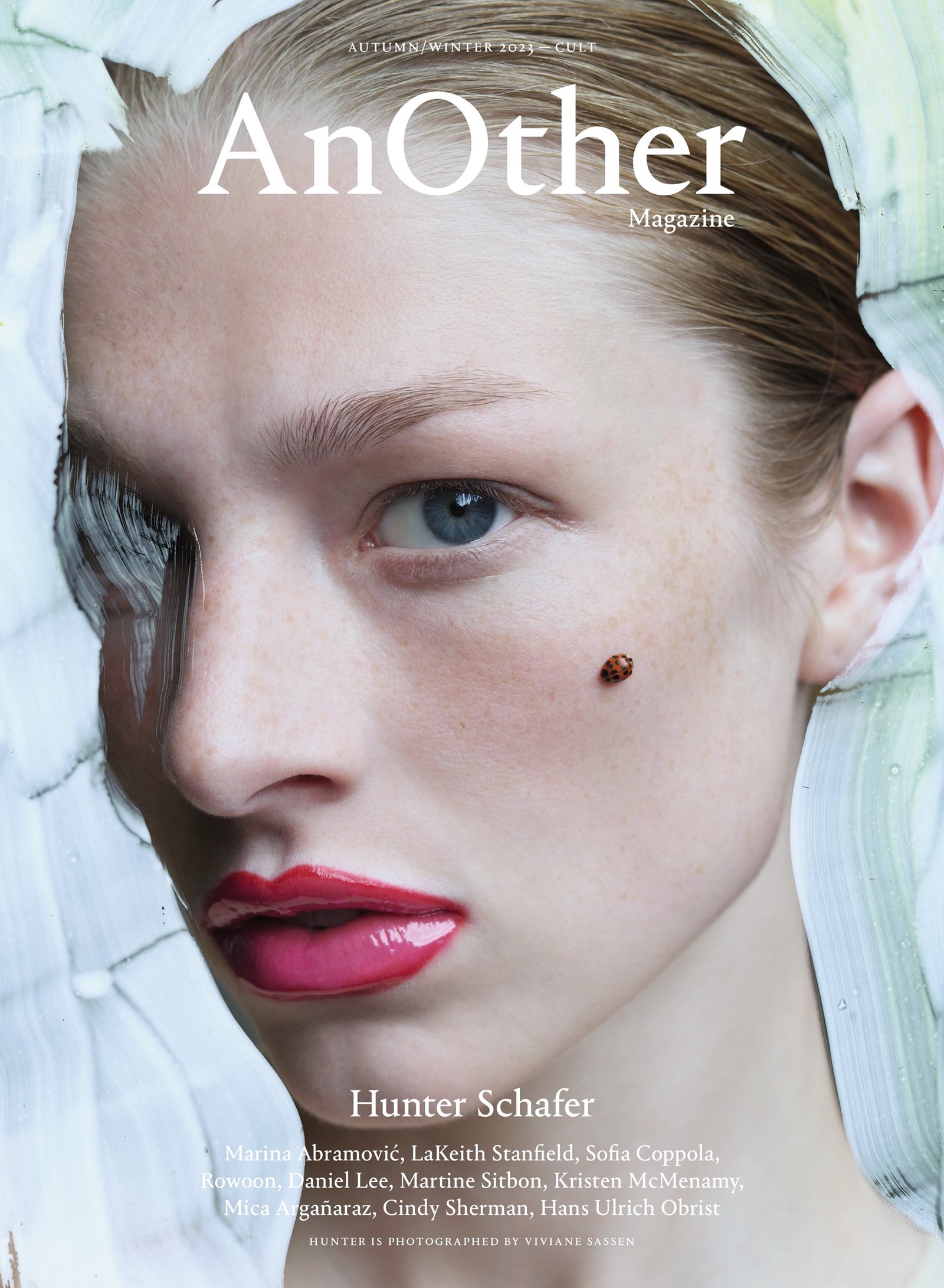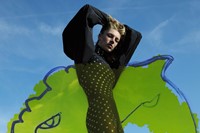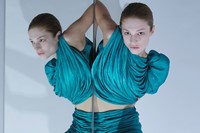This project is taken from the Autumn/Winter 2023 issue of AnOther Magazine and was realised before the SAG-AFTRA strike was announced:
Since she cycled onto our screens in the summer of 2019, Hunter Schafer has forged a path with few precedents. Five years ago she was living in a Bushwick loft, filling her journal with doodles and planning a move to London to study at Central Saint Martins. One debut role as free-spirited high schooler Jules in the Emmy-winning phenomenon Euphoria later, and she has a handful of feature films in the pipeline, ranging from David Lowery’s pop melodrama Mother Mary to horror movie Cuckoo and box-office catnip The Hunger Games: The Ballad of Songbirds and Snakes. Schafer's career has always been multifarious. As a teenager growing up in North Carolina, she drew open- hearted comics for Tavi Gevinson’s Rookie. After signing with Elite Models aged 18, she was sought by Miu Miu, Rick Owens and Dior, and today she is an ambassador for Prada.
For AnOther Magazine’s shoot, the 24-year-old found an equally brave, wide-roving accomplice in Viviane Sassen. The Dutch artist, celebrated for her surreal visions, has long had a parallel career bringing her unique eye to fashion, a world whose boundaries she has reshaped into her own playground. On the eve of Sassen’s landmark 30-year retrospective, which opens in Paris in October, the pair discuss creativity, transformation and the lifeline art has thrown them.
Hunter Schafer: I’ve been a fan of yours ever since I was in high school. My friend Tyler Mitchell told me about your work. I know a bit of your backstory – how your dad was a doctor and you lived in Kenya. I remember seeing the early pieces you did in Africa and being really struck by how you conveyed humans and form. And then your fashion work I’ve seen in magazines throughout the years and loved.
Viviane Sassen: And now here we are. I first had this idea we could escape for a weekend, have fun and take pictures – I love to work in an intuitive, playful way. But you couldn’t travel because of your schedule, so we looked at castles in Germany, and then I saw this forest lodge ...
HS: ... and it was perfect. We ended up shooting for two days, though we only planned for one.
VS: Thanks to you!
HS: Well, it was a beautiful day when I came for the fitting, and I was like, should we just start shooting? With modelling, especially now that I’m not “just” a model and I get to have more of a personality and some autonomy about how I present myself, I really like to keep it more intuitive – think about shape rather than looking hot or pretty, or whatever. I had a feeling that would come out during the shoot because of your work. I felt free the entire time. We got to build these concepts and images as we went. I remember you saw a ladder – and boom! – two minutes later I’m floating up in the air in that dress. It felt like something I would have done with my friends at school when we had free time to play around. Are there certain things you look for in a location?
VS: The light is most important to me. I react to light and shadow, and my brain works super-fast if I’m shooting – I’m pretty lazy normally, but if I’m shooting, my brain solves puzzles all the time. I’ll see a patch of sunlight against a tree and think, what if I bring that red chair and turn it upside down – my brain constantly makes images as I go, so I like a location that sparks my imagination.
“Maybe that’s why visual arts worked better for me in the past, because it’s so solitary and I loved that, that was my comfort zone. Now I’m forced to be the extrovert” – Hunter Schafer
HS: I was asking because, with the strike, I have free time again, like in the pandemic, but fortunately the world isn’t shut down – just the world I work in. Most of my travelling has been for work, but when you’re working you have things to be worrying about. So while I’m in Europe, I’d like to just see places.
VS: Where have you travelled apart from Europe?
HS: When I was a model, I went to Shanghai for a runway show. That was funny socially because I was there with a bunch of models and we’re all six feet tall, so people wanted to take pictures, which was my first experience of that – before my life now, where it’s more constant.
VS: Are you recognised all the time now?
HS: In America – yes, pretty much. But it also depends on the age groups I’m around. In Cologne, where I’ve been staying, it almost never happens, because it’s older folks in my area. I can mostly predict when I’m going to get recognised.
VS: Your life has changed so much. Is it hard to deal with?
HS: It was freaky at first because it happened overnight. I was 19, and although I felt like an adult, I look back at myself and think, “You were a baby.” It was a hard adjustment. But I also understand now that fame moves in waves. I know when to anticipate it now and the spaces I can go where I don’t have to feel worried about appearing put together or whatever.
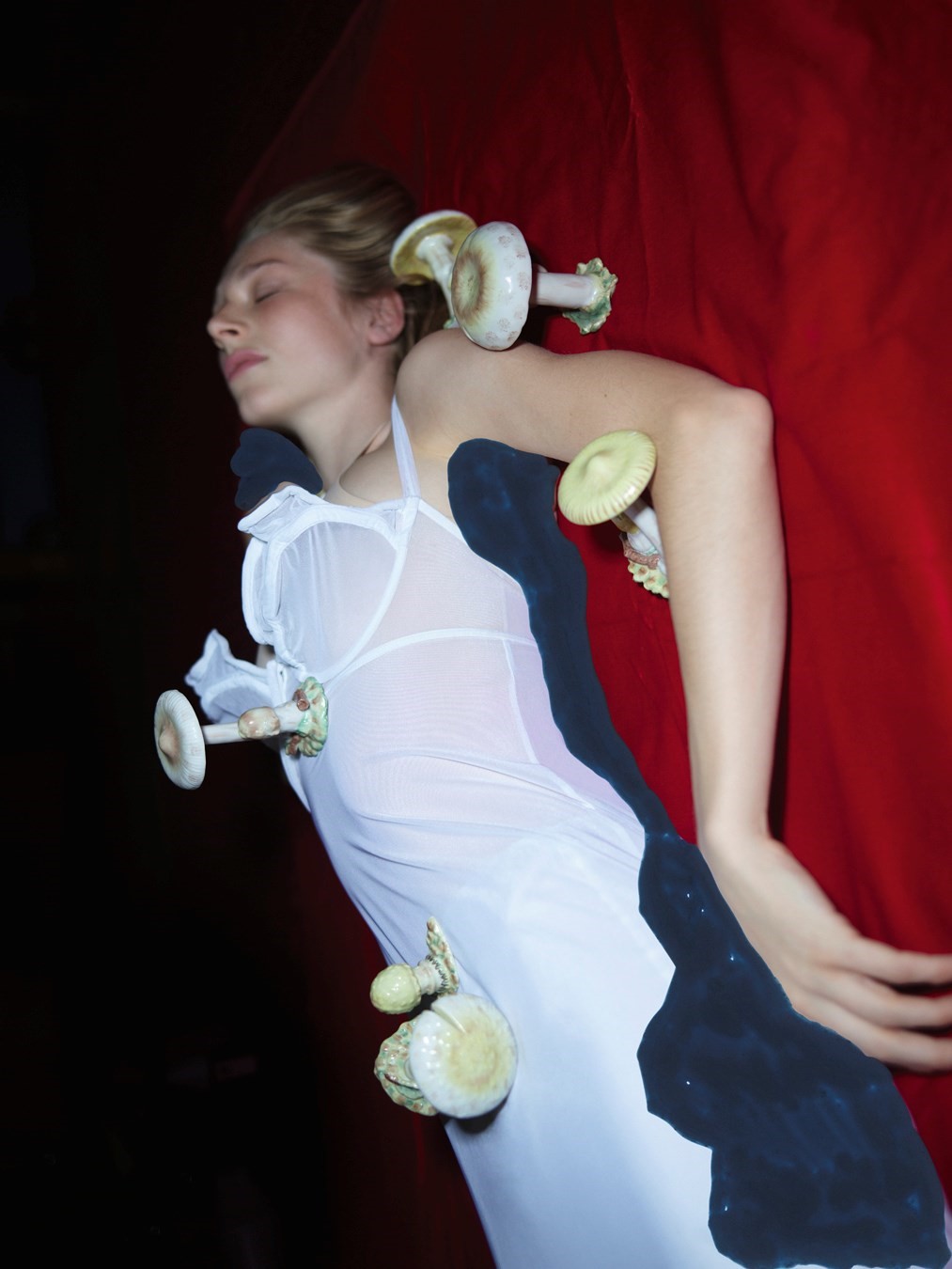
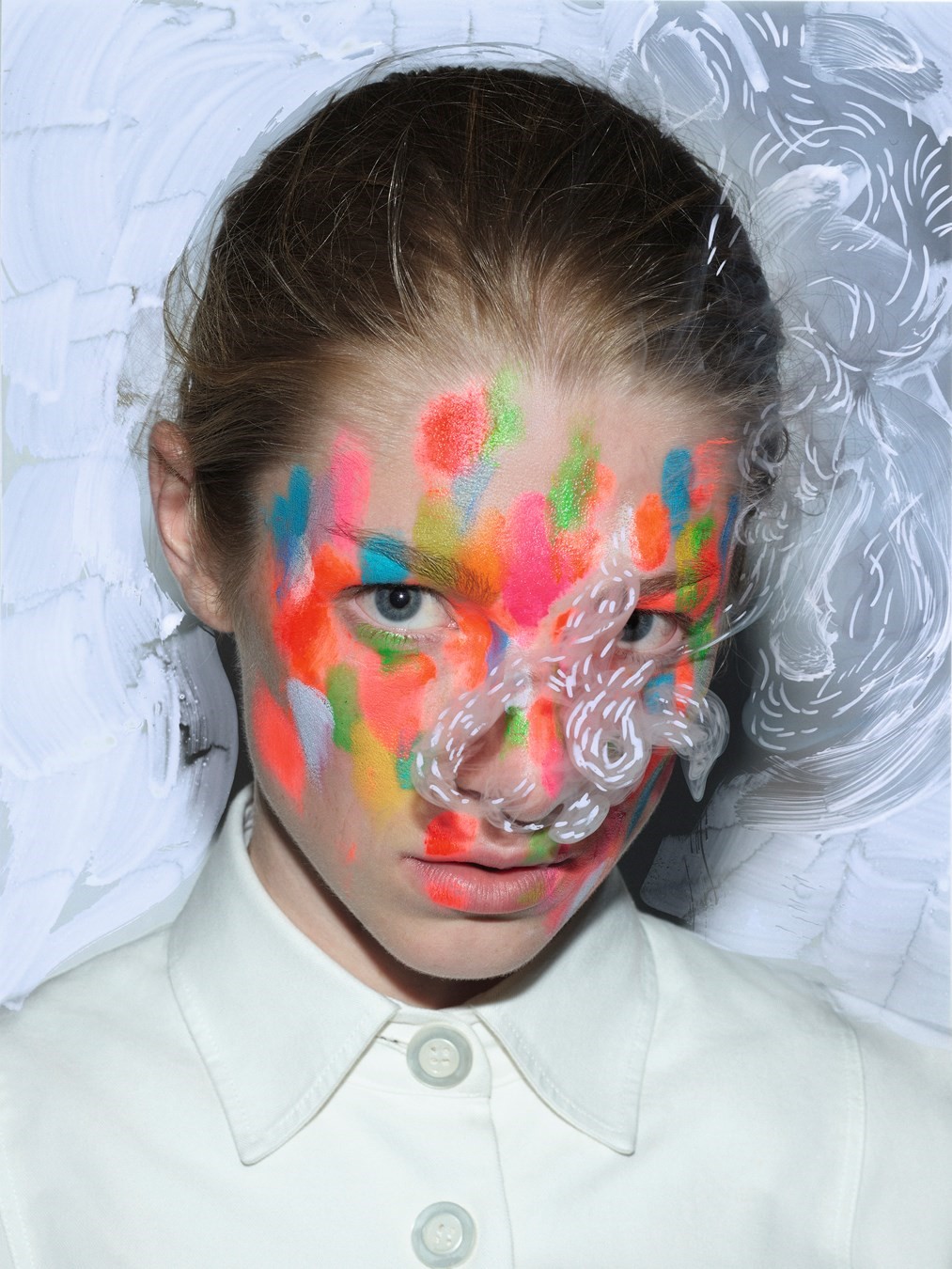
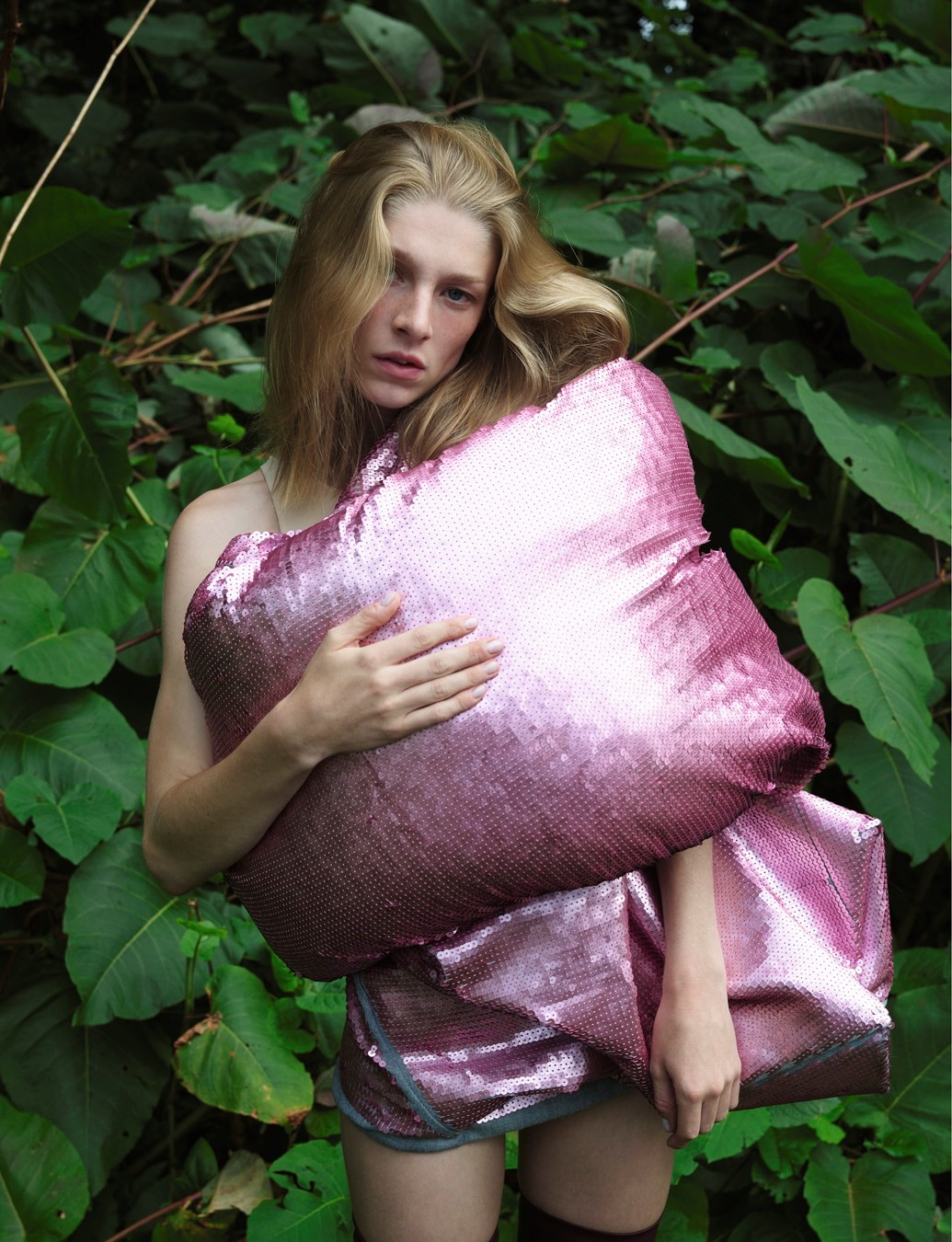

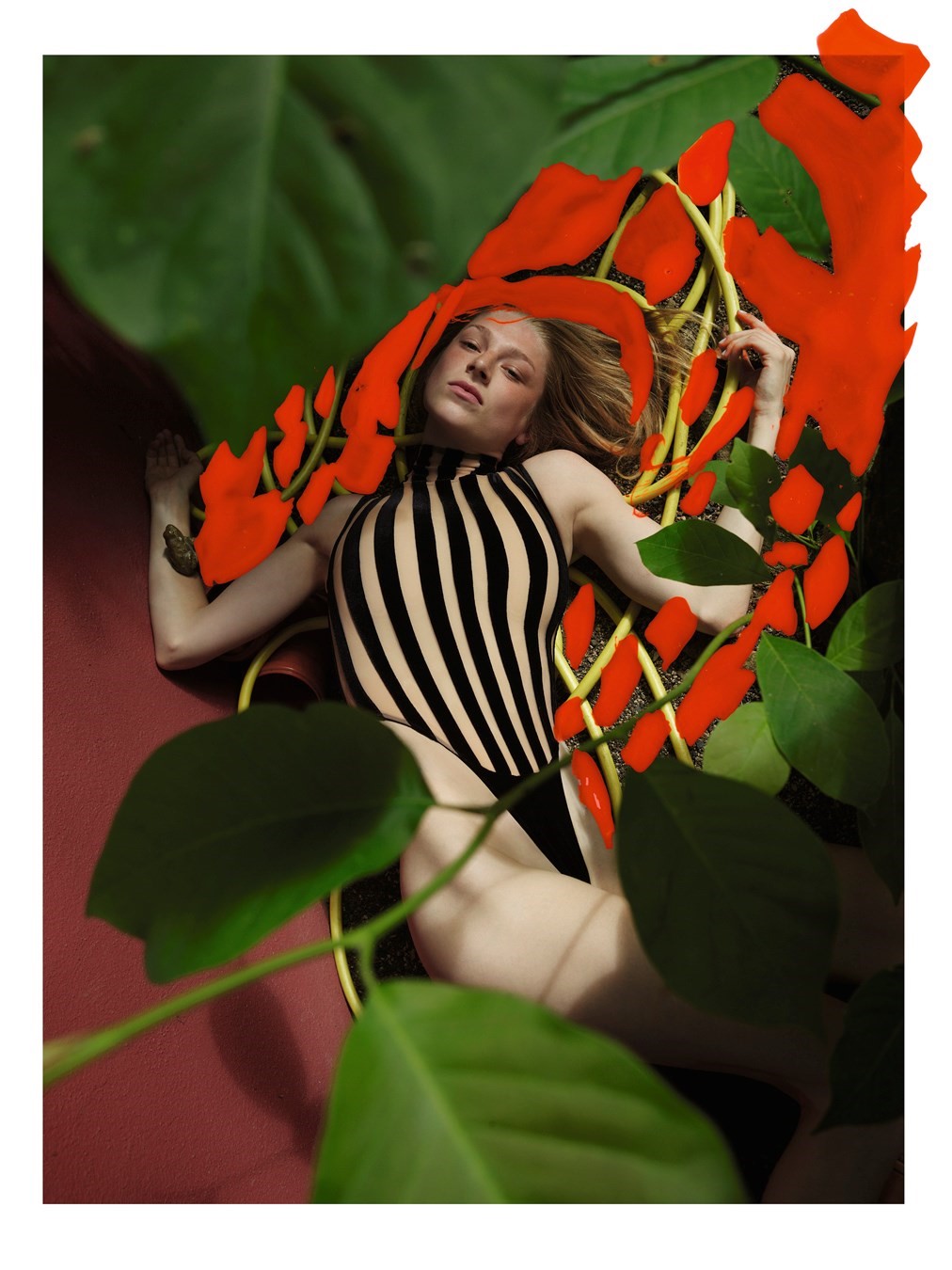
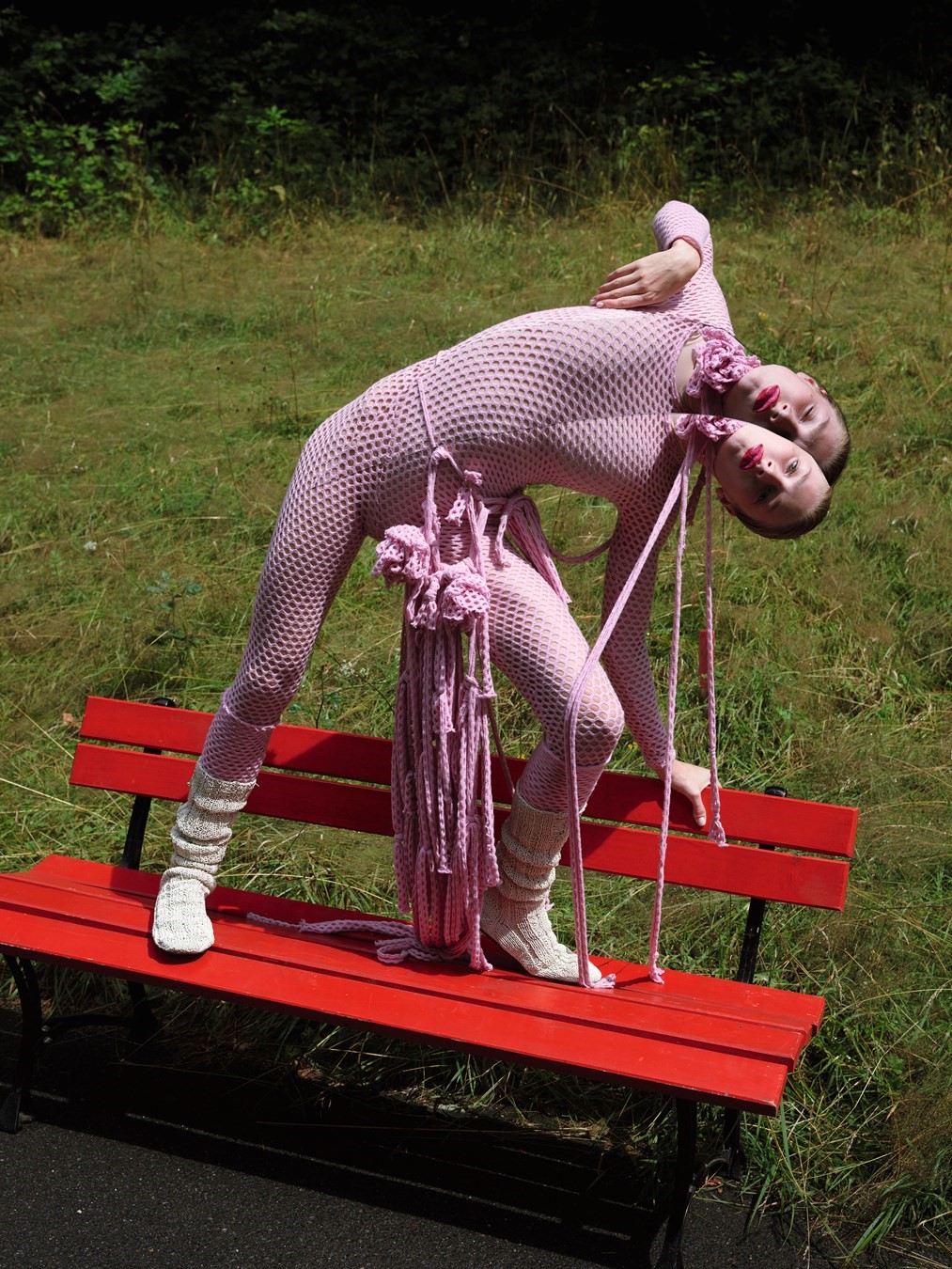
VS: How much do you still work on your art?
HS: It’s been reduced to my sketchbook over the past few years. I’ve been wanting to put time and energy into getting my art practice up and running again. I’m thinking about it constantly. I never know what’s happening two months from now, but I started renting a studio in LA for the first time at the beginning of this year. That feels like a big step – I can work bigger than my little notebook. Do you have any tips for how to create a space that makes you feel excited to work?
VS: Well, it helps that my studio is really near my home, five minutes by bike. And there are always people coming and going. I advise you to throw parties at your studio because then the space comes alive and you get to know it in different situations. Have sleepovers at your studio.
HS: That’s a surprise to me. I was imagining I should have strict rules about letting it be a separate space.
VS: Well, every artist needs to figure out their own way. Almost all my friends are artists and they hardly ever go to their studios. They find it too hard to be alone in this space with the pressure to perform. There are also very disciplined people who go to the studio from nine to five. But let’s be realistic – that’s not going to happen for you.
HS: No – and that’s not how I work either.
“We artists have this big advantage that we can use our art almost like therapy. Many artists don’t like to admit that” – Viviane Sassen
VS: I think it would be good to make work during your travels and also just collect stuff. I go on travels, on photo- shoots, and then I bring it back to the studio, where I do drawings and collages on top. I can imagine you doing something similar, so don’t dismiss your little sketches.
I’m not sure if you can relate to this, but for me, art or just making stuff – let’s not even call it art – has always been a way to express myself and a catalyst for my personal process, not only as an artist, but as a human being. We artists have this big advantage that we can use our art almost like therapy. Many artists don’t like to admit that. But I’ve always felt in my art, I’ve touched upon subjects and later realised, ah, that was because of this or that.
HS: I can definitely relate to that with writing too.
VS: And I saw you directed a music video with Anohni.
HS: Yeah, Anohni I was really excited to work with. Her music videos are incredible, so it was an honour to help build that world. The girl who starts off the video, Fashion, I’ve known for years. I always thought, when I make something, I want to film this girl. Those sorts of things stew in my brain until the right opportunity presents itself. I’m starting to think more in stories now, but I’ve been scared of losing touch with the visual arts. I’ve been told by so many people to never stop drawing, which I fully agree with. But I also feel I can’t fight these transitions that keep happening and I know art will always be there. I set little goals for myself – this year it was to direct a short film. Another was to write ten outlines for films I want to direct. Do you set things like that for yourself?
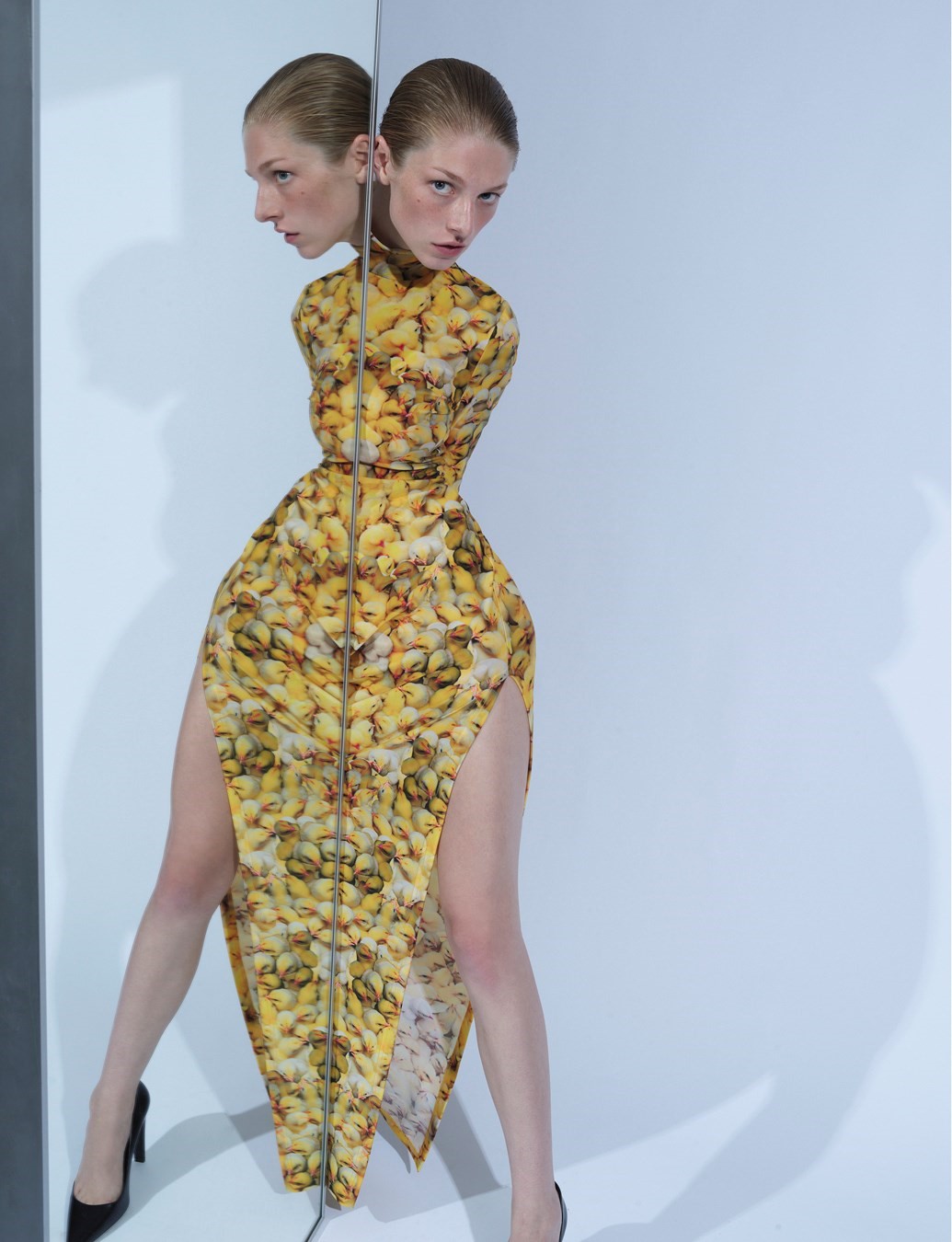
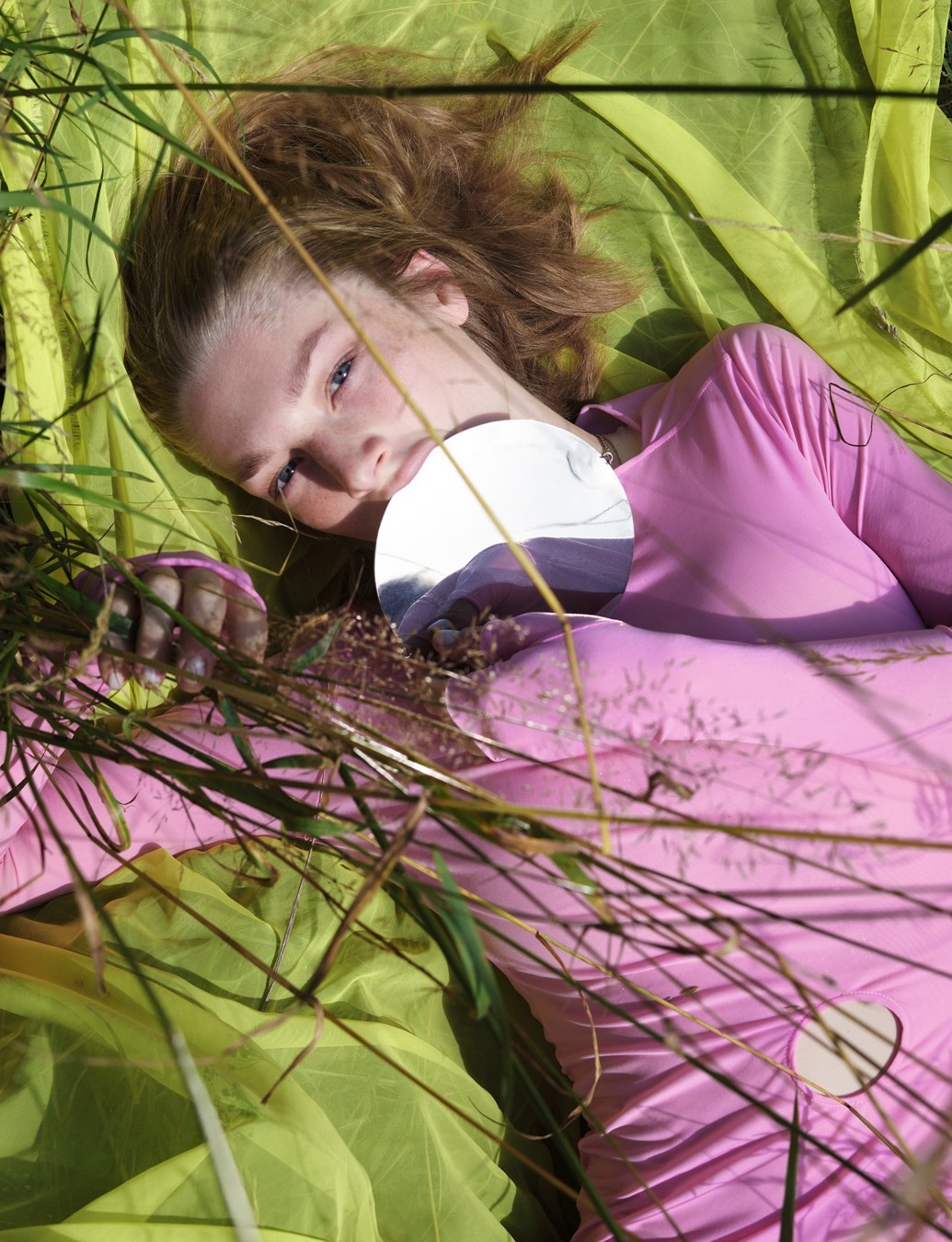
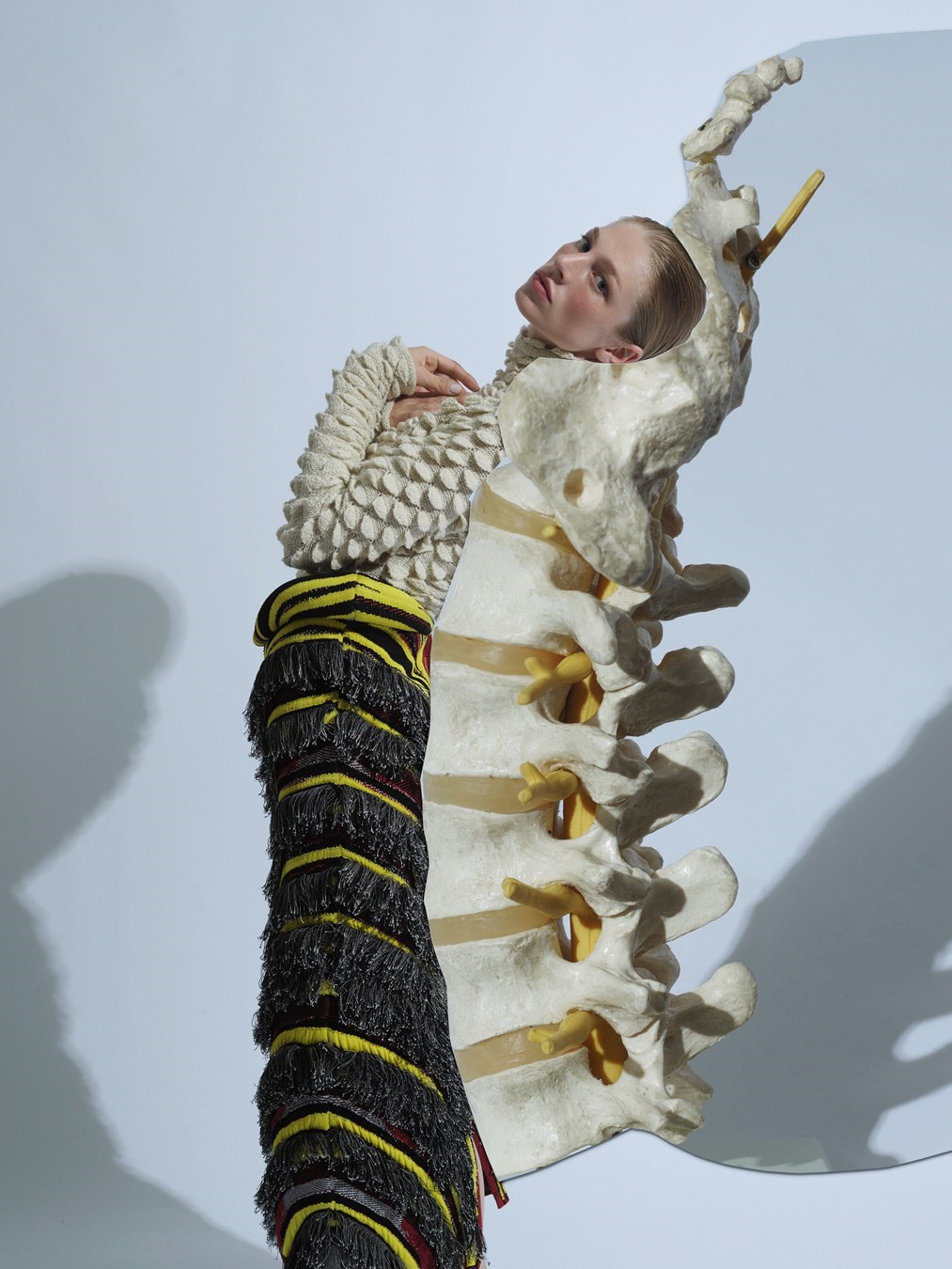
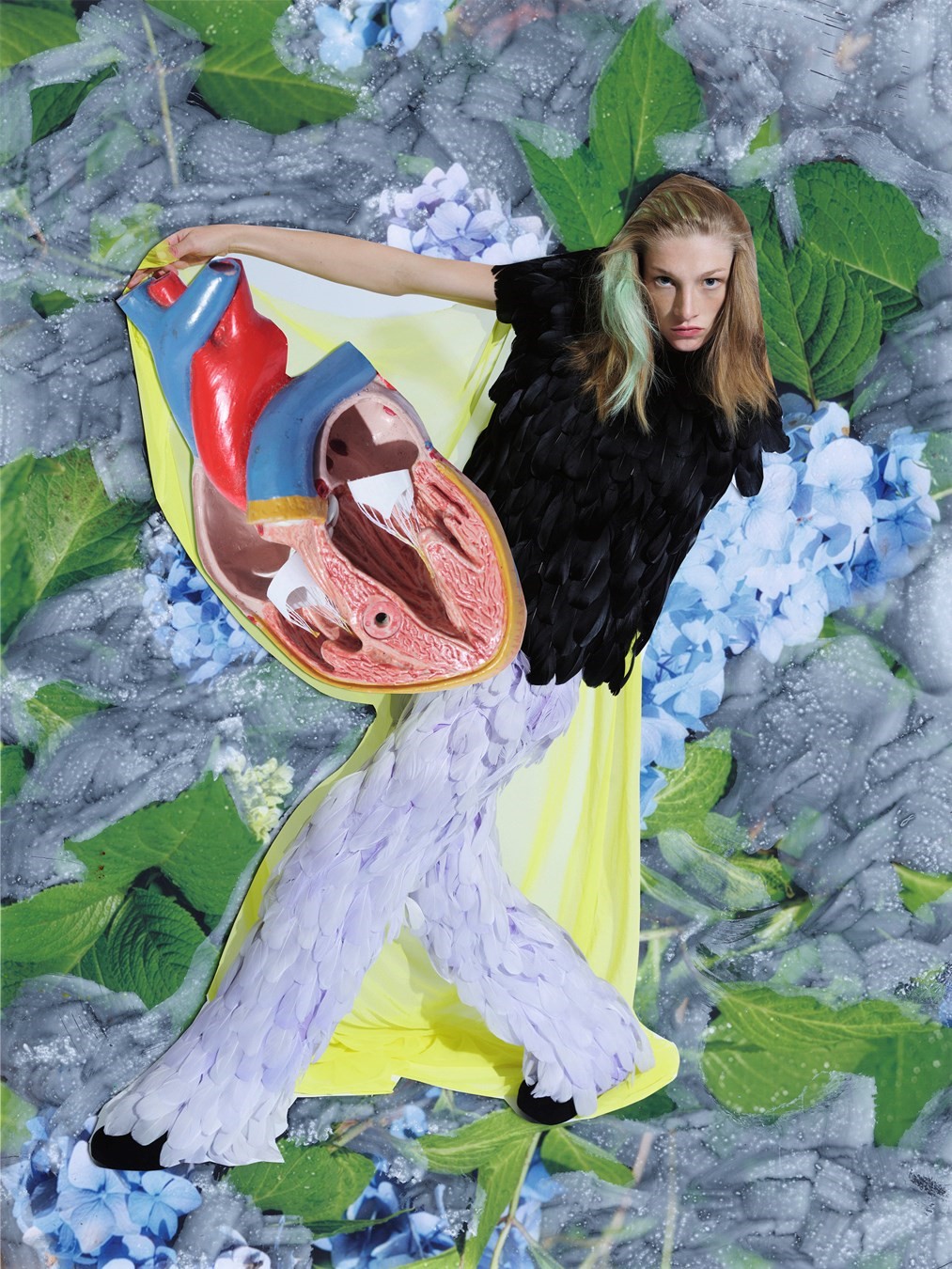
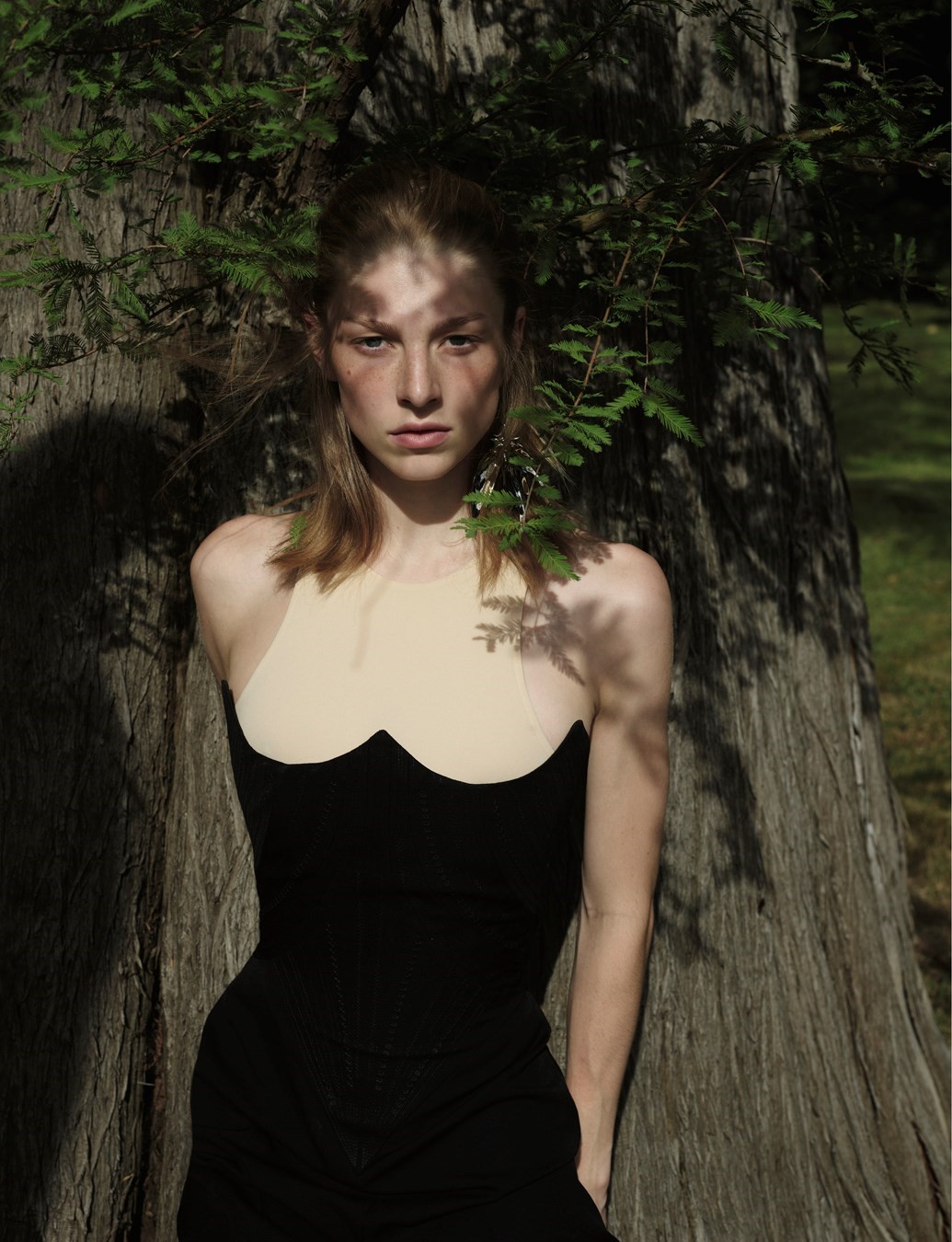
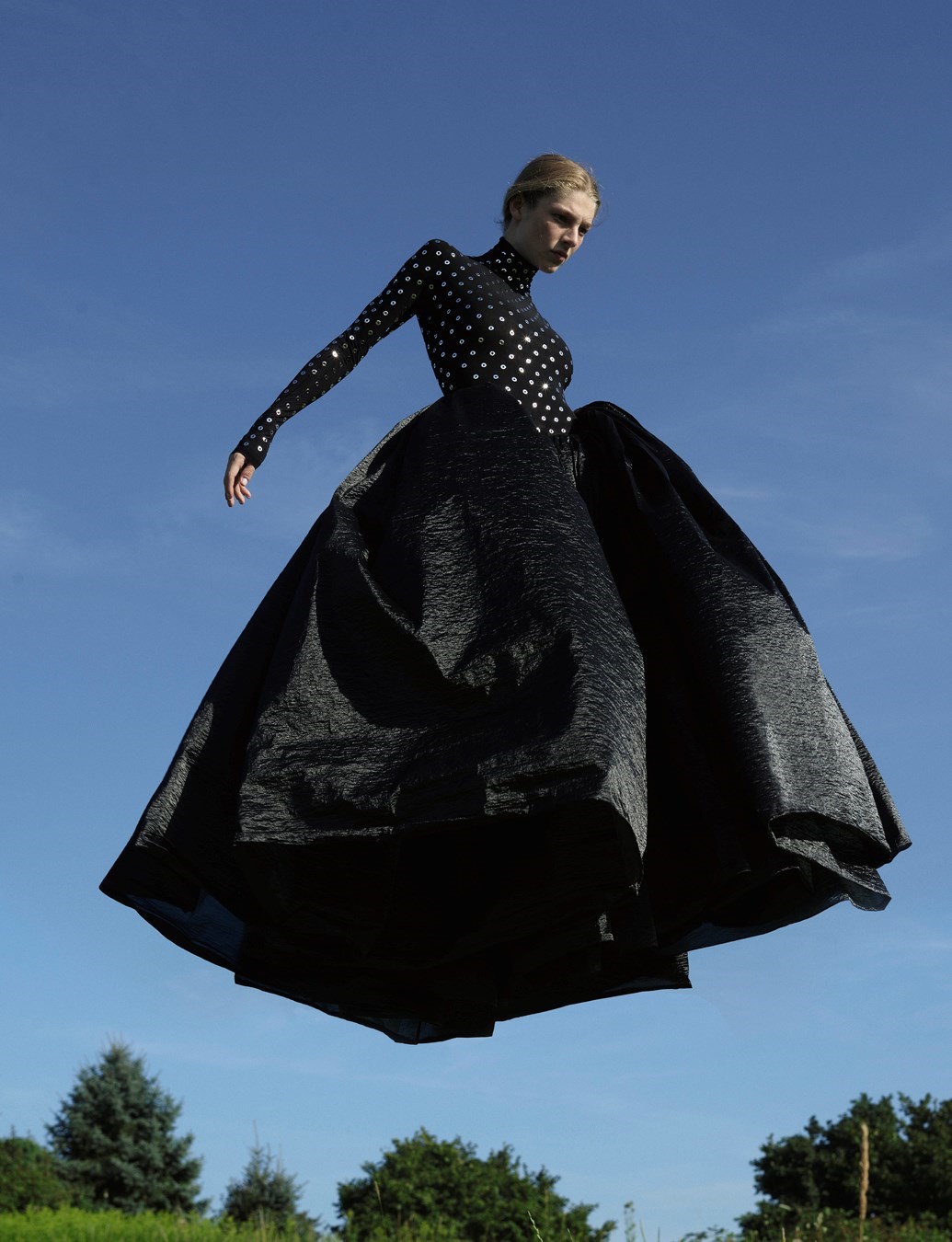
VS: No, for me it’s easier to react to things. I’m really bad at playing chess because I don’t want to think ahead! I did a music video for MIA once – we went to Senegal and I was so focused on taking her picture there was hardly enough time for the video. My pictures might have tiny narratives, but I feel I’m more like a sculptor as a photographer. To have a big crew is too slow – I want to look through the camera and if it doesn’t work, look over my shoulder and shoot somewhere different. Working as an artist is more of a solitary, introverted process. But I also work in fashion, which I love because of the interaction with people. Are those big teams something you enjoy?
HS: Definitely. I didn’t used to have many friends. It was hard making friends, and I was content that way. I think maybe that’s why visual arts worked better for me in the past, because it’s so solitary and I loved that, that was my comfort zone. Now I’m forced to be the extrovert. It’s communal. And that was hard at first, but I’ve made such incredible friendships and connections with people move at hyper-speed because you’re in such intimate situations. One of my favourite ways to get to know people is to make something together – which could be just drawing in the same studio.
VS: So has being more extroverted made you happier?
HS: Yeah, I think so. I think it forces me out of my head and into the world. I used to deal really horribly with depression and stuff, and I think a lot of it came from being too inside my head. Now I feel like it falls into the ‘ignorance is bliss’ zone …
VS: How do you mean?
HS: Not sociopolitical ignorance, just not being inside your head overthinking everything. I guess I’m talking about having to be present all of the time, and that just yields a happier me.
“A lot of my work I know is going to be put into the world and I’ll have to deal with people’s reactions, good and bad. So I’ve found it’s important to make stuff that might never see the light of day” – Hunter Schafer
VS: I really need my time alone to recharge. When I was young and still modelling …
HS: Wait, you were a model too?
VS: Yeah. Oh gosh, I’ll show you pictures when we meet again. This was in the Nineties, long ago. Back then I referred to myself as a very shy exhibitionist. Shy on the inside but also really loving to shine. I love those contradictions. Like partly living in Africa, and how different that is from fashion shows in Paris and New York – stepping into these parallel universes. But I wanted to say something about mental health – when I was younger, I developed this super-severe anxiety disorder. This was before the internet, so I thought I was the only one in the world who had this. I was in therapy for a few years, it was a huge struggle. But being able to make art was one of my ways to overcome it. Plus age. I like everything about ageing. I became really happy after my 30th birthday.
HS: Well, now I’m excited about my 30th birthday.
VS: But you’ve gone through your own personal struggle and I was wondering, because you mentioned depression, was that when you were younger or more recently? Or maybe you don’t want to talk about it – that’s fine too.
HS: No, it’s something I’m very comfortable talking about. I think it was one of the catalysts for my transition because I was really starting to fade when I was approaching puberty. And I think it became obvious to the people around me. Thankfully that was enough to get the help I needed to start transitioning. Depression has been something I’ve wrestled with. It never really goes away. You just figure out how to live with it, live a life with it. And I’m on meds now, which are great.
VS: Me too. I love those meds, they really helped me.
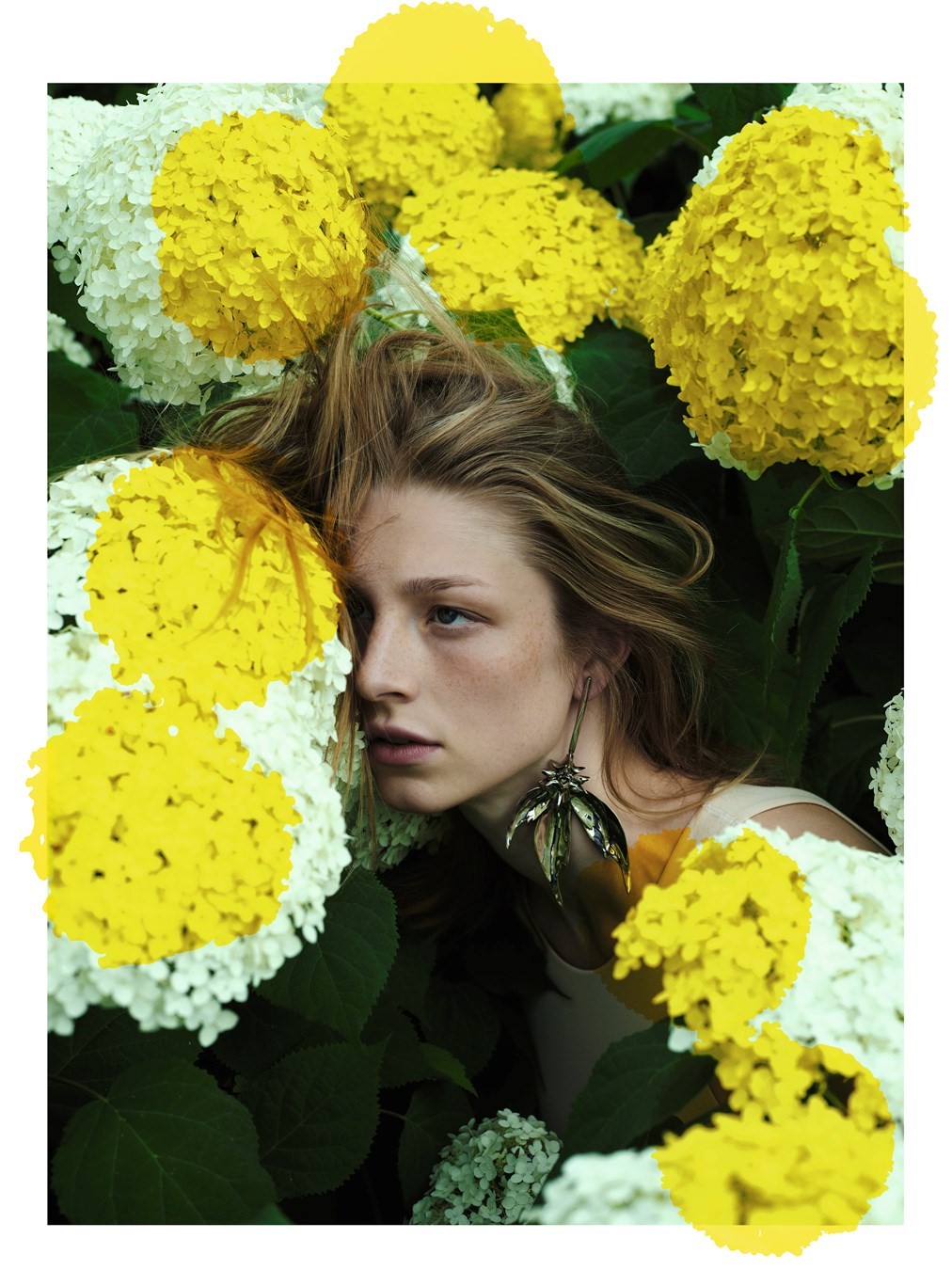

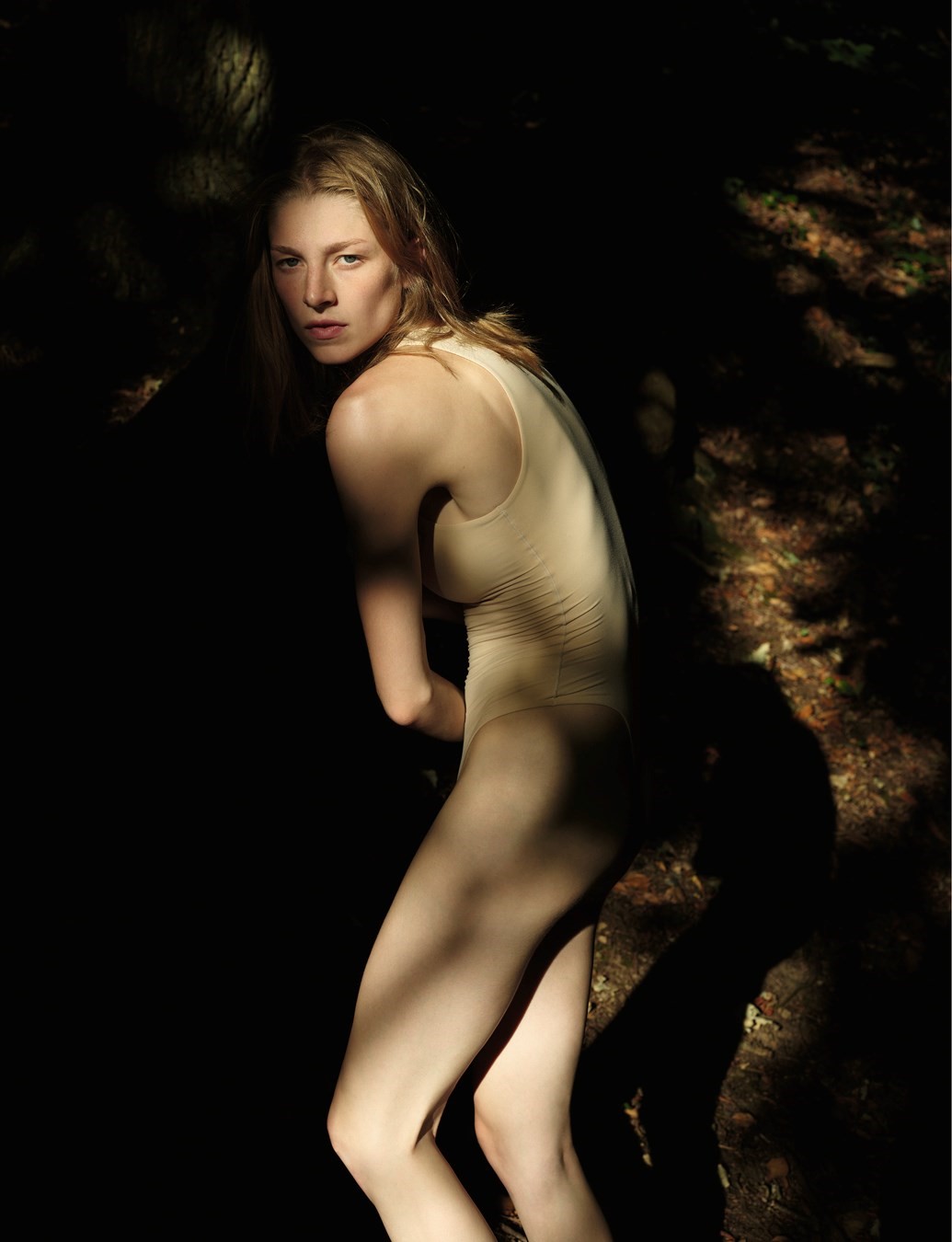

HS: But I also think work has always been a lifeline. Which of course is complicated, because it’s based on what you’re able to do. So it’s nice to be able to work as an artist and not be dependent on other people. A lot of my work I know is going to be put into the world and I’ll have to deal with people’s reactions, good and bad. So I’ve found it’s important to make stuff that might never see the light of day. Do you get to do that?
VS: Yes, but my process was so different because I went to art school and then for ten years nothing really happened, I was just working. Nowadays young people feel they have to put things out there in the world constantly or instantly, keep feeding this thing, when maybe the work would benefit from being kept to yourself for a while. When I was young, we only had magazines and you waited for the magazine to come out twice a year. Now there’s an overkill of work, which is the opposite, but it’s not easier.
HS: I get nervous about that with my generation because I have to almost outsmart myself – you don’t even realise you’re doing it, but you begin factoring in how people are going to react when you’re making something, which can poison the integrity of what you’re doing. There’s this constant outside presence. Do you miss how things were pre-internet?
VS: Sometimes – I find it hard not to scroll. I’m working on an exhibition of 30 years of my work, and I’ve loved listening to books while I’m editing. I’m getting to know these old-timers, like Madame Bovary and Anna Karenina.
HS: I’m pretty bad at reading, give me some recommendations.
VS: There are books that helped me as an artist — this gorgeous interview between Bill Moyers and Joseph Campbell about mythology. Or Carl Jung, who deals with archetypes – the archetype of the Shadow or the Anima: the Female principle. I want to talk to you about the idea of transformation, which I’m obsessed with. It’s why I’m intrigued by fashion and with shooting people, because you can somehow show that inner process of transformation, outside. You are someone who represents that – because of your own transition, obviously, but that sounds a bit too literal. I think we could contemplate this at some point. That’s an invitation from me to you, if you feel like doing something together again! It’s in a lot of my pictures, the idea of transformation and multiple, parallel universes.
HS: I felt it during our shoot – do you remember when we started playing with make-up and we did one of the last looks, on the bench, with the lipstick? I felt like some sort of Joker, like this other person was taking me over. That inspired me for future photoshoots, playing a character like that. It’s one of the yummiest things to contemplate.
Hair and make-up: Irena Ruben at House of Orange using Hair Couture by BALMAIN and beauty by CHANEL. Set design: Peter Baum. Photographic assistant: Matthew Miziolek. Styling assistant: Precious Greham. Production: Zoe Tomlinson. Local production: Brood für Film und Foto. Location: Schloss Auel Boutique Hotel. Special thanks to We Folk and Jochen Brood
Phosphor by Viviane Sassen will run at Maison Européenne de la Photographie in Paris from 18 October 2023 – 11 February 2024.
This story features in the Autumn/Winter 2023 issue of AnOther Magazine, which is on sale internationally on 14 September 2023. Pre-order here.
